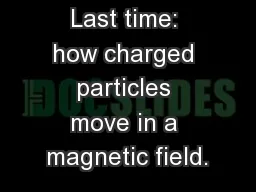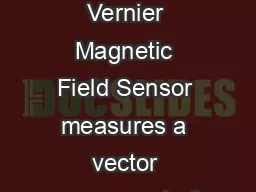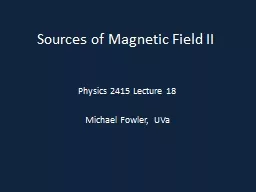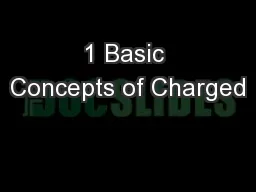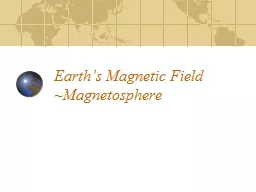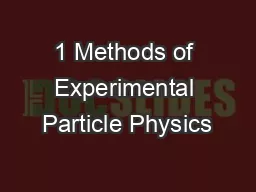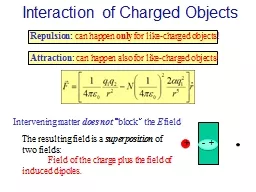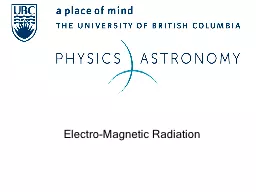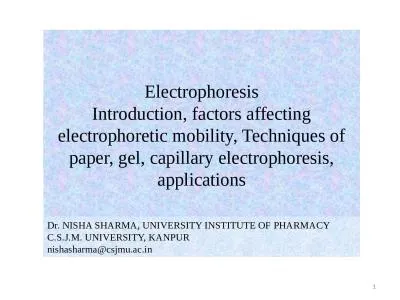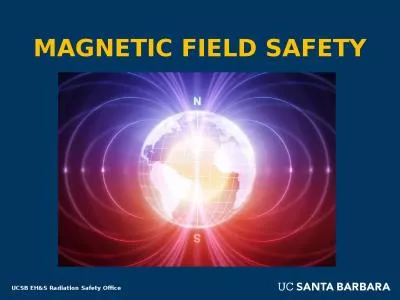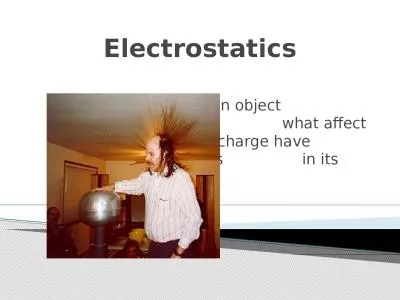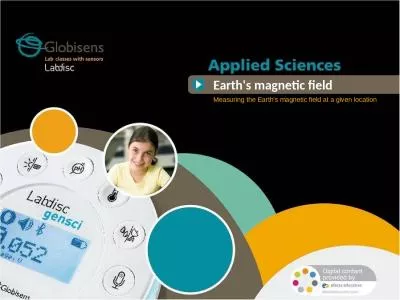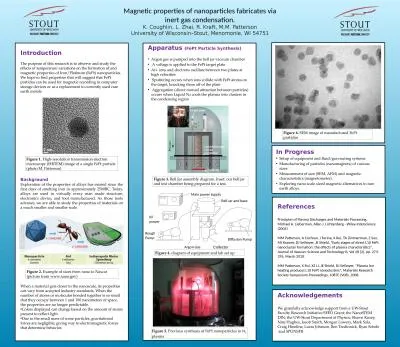PPT-Last time: how charged particles move in a magnetic field.
Author : alida-meadow | Published Date : 2015-11-09
Consider a uniform magnetic field into the board with conducting rod moving through it side side Charges will move If part of a circuit can generate a current
Presentation Embed Code
Download Presentation
Download Presentation The PPT/PDF document "Last time: how charged particles move in..." is the property of its rightful owner. Permission is granted to download and print the materials on this website for personal, non-commercial use only, and to display it on your personal computer provided you do not modify the materials and that you retain all copyright notices contained in the materials. By downloading content from our website, you accept the terms of this agreement.
Last time: how charged particles move in a magnetic field.: Transcript
Download Rules Of Document
"Last time: how charged particles move in a magnetic field."The content belongs to its owner. You may download and print it for personal use, without modification, and keep all copyright notices. By downloading, you agree to these terms.
Related Documents

